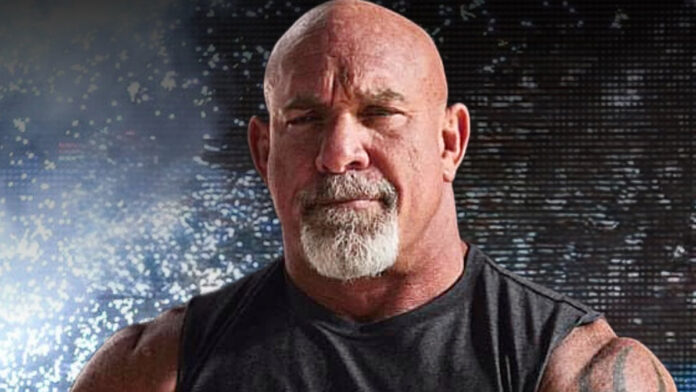When Bill Goldberg steps into the ring for his final match at 58, he’ll be doing something that would have been nearly impossible for wrestlers of previous generations – competing at an elite level well into his fifties.
During a recent interview on The Claw Pod, Goldberg offered insight into how the wrestling industry has evolved to allow performers to extend their careers far beyond what was once considered possible.
“I think that people are learning to take better care of themselves,” Goldberg explained when asked about the differences between current wrestlers and those from earlier eras. “I think the business is lending itself to longevity a little bit more now and that the schedule isn’t as stressed as it used to be.”
The contrast with previous generations is stark. As Goldberg noted about wrestlers from earlier decades, “If they were 58 and they were a wrestler, it was an accomplishment that they were still alive at that point.” This harsh reality reflected the brutal lifestyle of constant travel, and the cumulative physical toll of performing nearly year-round.
Goldberg credits improved understanding of physical maintenance and more selective scheduling for enabling longer careers. Unlike the road warriors of the ’80s and ’90s who performed hundreds of matches per year, modern veterans can choose their spots and prepare properly for significant matches.
Personal motivation also plays a crucial role in Goldberg’s continued fitness. Having his 19-year-old son Gage, a college football player at Colorado, has provided additional inspiration. “Gage has helped, you know, because not only you can talk the talk, but you can walk the walk,” Goldberg said, describing how keeping up with his athletic son pushes him to maintain peak condition.
The evolution extends beyond just physical preparation. Goldberg emphasized that modern wrestlers have more control over their careers, allowing them to end on their own terms rather than being forced out by injury or circumstances. “I get to prepare, you know, for a little while as opposed to happen three and a half weeks prior,” he said, referencing his previous comeback matches that were arranged with minimal notice.
Goldberg’s ability to compete at 58 while maintaining his intimidating presence demonstrates how the wrestling industry has evolved to preserve its stars’ legacies while protecting their long-term health, setting a new standard for how veteran performers can approach the twilight of their careers.

